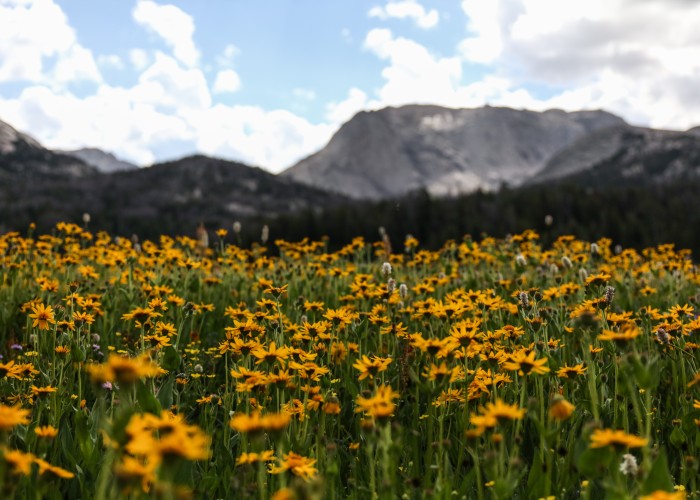- Follow Government Guidelines: Always adhere to the rules set by the Uttarakhand government for pilgrim safety, including route regulations and travel advisories.
- Travel in Groups: It is safer to travel with companions rather than alone, especially in remote or difficult terrains.
- Emergency Exits: If trekking or using shelters, familiarize yourself with exit routes in case of landslides or sudden weather changes.
- Beware of Scams: Only book services from authorized operators and avoid unverified guides or donation requests from unofficial sources.
Char Dham Yatra 2025 Registration Process
To ensure a smooth pilgrimage, complete the mandatory biometric registration before beginning the yatra:
- Online Registration: Visit the official website for Char Dham Yatra registration (https://registrationandtouristcare.uk.gov.in) and follow the instructions.
- Offline Registration: If you prefer, you can register at designated centers in Haridwar, Rishikesh, and key locations along the route.
- Required Documents: Carry a government-issued ID (Aadhaar, passport, or voter ID) along with medical fitness certificates if necessary.
Helicopter Services for Char Dham Yatra 2025
For those who may find the trek challenging, helicopter services are available for easier access:
- Official Operators: Book helicopter rides only through the Uttarakhand Civil Aviation Department’s official website or authorized operators.
- Routes Available: Helicopter services operate for Kedarnath, Badrinath, and other key locations, significantly reducing travel time.
- Advance Booking: Due to high demand, pre-booking is essential, especially during peak season.
COVID-19 and Health Safety Measures
- As of 2025, COVID-19 restrictions have eased, but pilgrims are advised to carry face masks and hand sanitizers for personal safety.
- Maintain social distancing at crowded places and follow temple guidelines to ensure a smooth experience.
The Char Dham Yatra 2025 is a spiritually uplifting experience, but careful planning and adherence to safety measures will enhance your journey. Keep yourself updated with official government notifications, respect the environment, and embrace the divine energy of the Himalayas. May your pilgrimage be filled with peace and blessings!
.jpg)



 (1).jpg)
.jpg)
.jpg)
.jpg)
.jpg)
.jpg)
.jpg)
.jpg)
.jpg)
.jpg)
.jpg)
.jpg)
.jpg)
.jpg)
.jpg)
.jpg)
.jpg)
.jpg)
.jpg)
.jpg)
.jpg)
.jpg)
.jpg)
.jpg)
.jpg)
.jpg)
.jpg)
.jpg)
.jpg)
.jpg)
.jpg)
.jpg)
.jpg)
.jpg)
.jpg)
.jpg)
.jpg)
.jpg)
.jpg)
.jpg)
.jpg)
.jpg)
.jpg)
.jpg)
.jpg)
.jpg)
.jpg)
.jpg)
.jpg)
.jpg)
.jpg)
 (1).jpg)
.jpg)
.jpg)
.jpg)
.jpg)
.jpg)
.jpg)
.jpg)
.jpg)
.jpg)
.jpg)
.jpg)
.jpg)
.jpg)
.jpg)
.jpg)
.jpg)
.jpg)
.jpg)
.jpg)
 (1).jpg)
.jpg)
.jpg)
.jpg)
.jpg)
.jpg)
.jpg)
.jpg)
 (1).jpg)
 (1).jpg)
.jpg)
 (1).jpg)
.jpg)
.jpg)
.jpg)
.jpg)
.jpg)
.jpg)
.jpg)
.jpg)
.jpg)
.jpg)
.jpg)
.jpg)
.jpg)
.jpg)
.jpg)
.jpg)
.jpg)
.jpg)
.jpg)
.jpg)
.jpg)
.jpg)
.jpg)
.jpg)
.jpg)
.jpg)
.jpg)
 (1).jpg)
.jpg)
.jpg)
.jpg)
.jpg)
 (1).jpg)
.jpg)
.jpg)
.jpg)
.jpg)
.jpg)
.jpg)
.jpg)
.jpg)
.jpg)
.jpg)
.jpg)
.jpg)
.jpg)
.jpg)
.jpg)
.jpg)
.jpg)
.jpg)
.jpg)
.jpg)
.jpg)
.jpg)
.jpg)
.jpg)
.jpg)
.jpg)
.jpg)
.jpg)
.jpg)
.jpg)
.jpg)